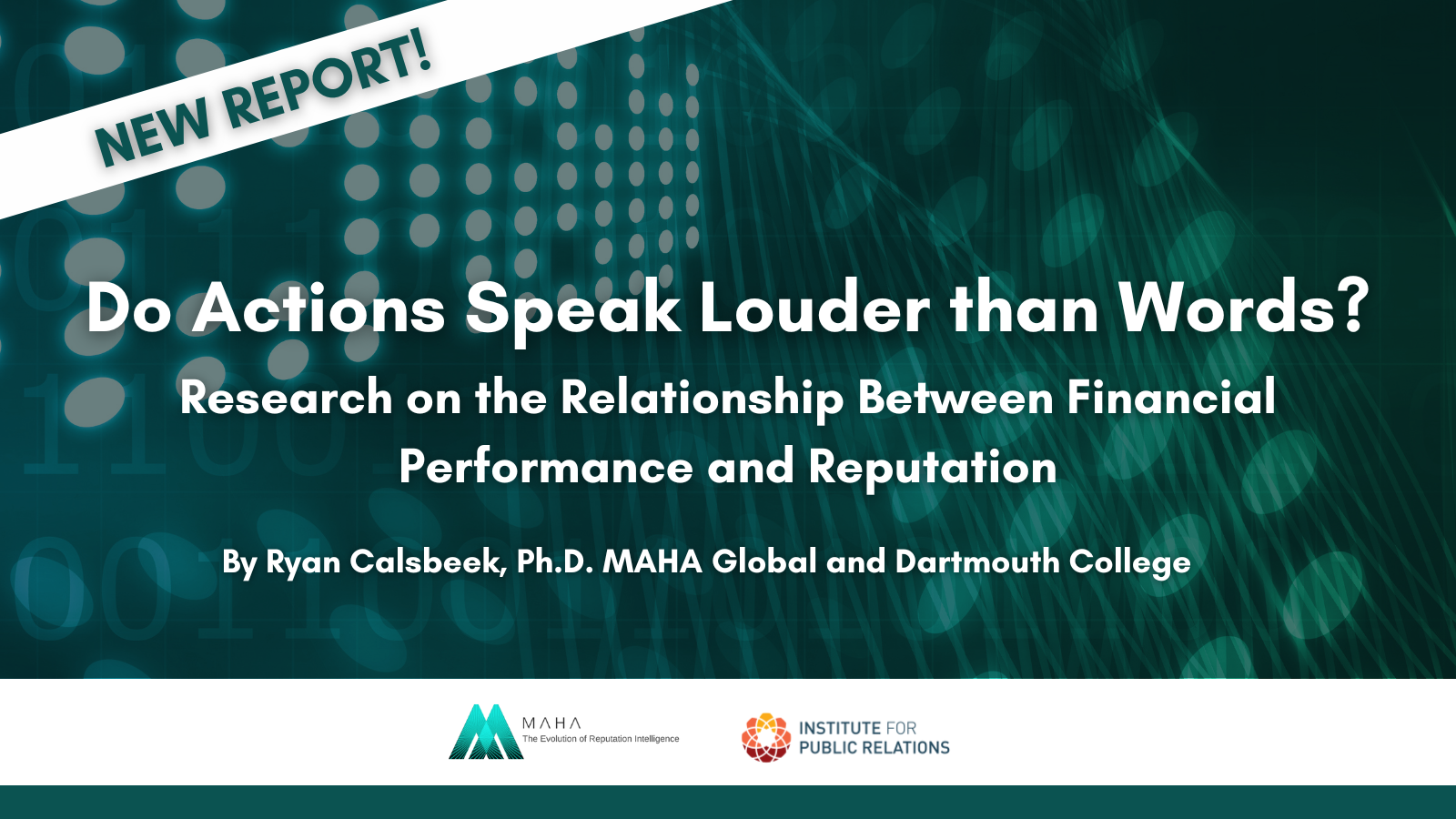The theory that stock prices move in waves reflecting investor psychology is well known in financial markets. Any broad upward movement generally consists of five wave-like motions – three up, two down. The first upward motion occurs when a small number of risk-tolerant investors believe a stock has bottomed out. But when these early investors get nervous and take profits, the price moves down – wave two. If the stock stays above previous lows, another group of investors – often institutions – sense a buying opportunity, which creates the third wave up. When this advance takes a breather, there is consolidation as wave four brings the stock down to where it looks relatively inexpensive again. Then comes wave five, when many individual investors jump in.
The sustainability of this rally is an important determinant of long-term share value, and it is largely dependent on retail investor confidence. Dr. Ernest Martin of Virginia Commonwealth University has researched whether increased news presence during this period helps sustain investor confidence and therefore the stock price. In fact, the research strongly supports that hypothesis (see chart).
While most investor relations programs are aimed primarily at institutions, Martin’s findings provide a strong argument for effectively communicating company news to retail investors. His analysis suggests that the retail investor wave can last five times longer with heavier media coverage. Thus, timing media activity with retail investor patterns can play an important role in supporting long-term stock price and shareowner value.
Click here to download Dr. Martin’s paper
Strong Retail Investor Wave




